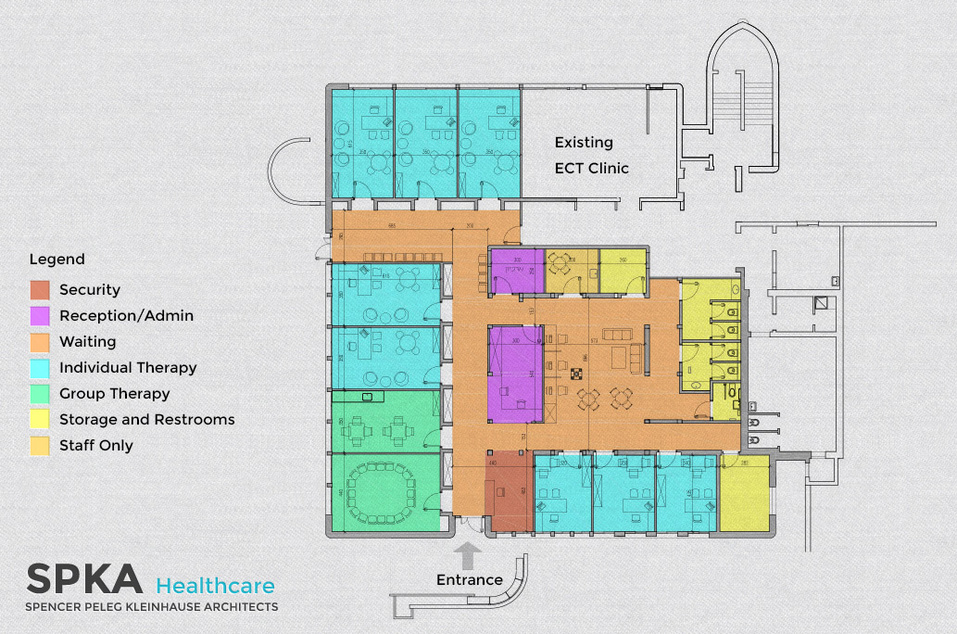Healthcare Services- the Building Matters
When discussing efficiency, workflow, safety and wise spending in healthcare, we rarely consider the building in which services are offered. Amos Peleg, lecturer at Galilee Institute, architect and co-founder of SPKA Healthcare, explains that a building designed with a full understanding of the needs of all users (patients, medical staff, engineering, maintenance and visitors) will prove to be the best investment of resources.
“In many countries, large amounts of money are often poured into structures where medical services will be provided, only to discover when the medical crews arrive, that they cannot work in them,” explains Peleg. “The structures were not built with their purposes in mind and cannot meet their needs.” Peleg urges the healthcare managers studying at Galilee Institute, to be actively involved in the construction process of a new building or the renovation of an existing one.

He explains that it is important that they ensure that a rigid process of design is followed and that they insist that all stake holders and medical teams have approved each and every stage before the project moves forward.
“When someone arrives at a hospital emergency room, there is a checklist that must be completed before deciding what further treatment should be given. Another checklist is completed when the patient arrives for treatment at the designated department. Without these procedures, the patient or other people in the hospital may be put in danger,” says Peleg. “A similar diligence of process should be followed when designing a structure for healthcare services, as this will impact the quality and efficiency of the services or treatments provided”.
Once a structure is built, it has a life of its own. It is not just a building, but a space that comprises systems and processes in the service of patients. According to Peleg, structures are commonly first built and only afterwards the team asks, “What is the vision?” This can lead to disastrous results.

He recommends a rigid process that, in his experience, has successfully led to meaningfully functional structures that fully support the aims of those providing services in them. For ten years, the architecture firm that Peleg co-heads has been planning, designing and overseeing the construction of projects with impressive results. SPKA Healthcare’s website describes their projects as “comprehensive, healing healthcare spaces”, designed to “enhance the healthcare experience through integrated, guest-focussed care, operations, technology, facility design, and cultural considerations”.
Peleg devotes a full, detailed lecture to elaborating the process that makes up their secret recipe for success for the Health Systems Management Programme in English. To summarise, the process involves the following stages in this precise order:
1. Strategy
- Vision
- Needs Assessment
- Clinical or Technical Programming
2. Programming
- Functional (space allocation)
- Initial Budget Estimation
- Support and Logistics Programming
3. Design
- Schematic Design and Diagramming
- Concept Design
- Advanced Budget Estimation
- Detailed Design (architecture and systems)
- Final Budget Estimate
4. Building
- Construction
- Equipment
- Occupancy
Once again, we are strengthened in our belief that proper management and planning make up the necessary core elements of meaningful advancement.

